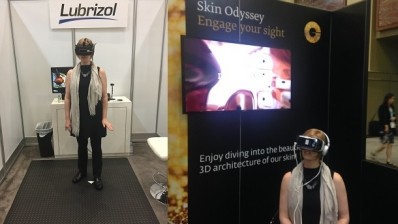Researchers from North Carolina State University develop wearable, wireless skin hydration sensor

The team of seven scientists from North Carolina State University—Shanshan Yao, Amanda Myers, Abhishek Malhotra, Feiyan Lin, Alper Bozkurt, John F. Muth, and Yong Zhu—have innovated a device “made of silver nanowires in a rubber matrix” that gathers data based on skin impedance measurements, according to the early-view blurb of the article shown online at wiley.com.
Functional features
“We have developed technology that allows us to track an individual’s skin hydration in real time,” explains Yong Zhu, associate professor of mechanical and aerospace engineering at NC State and a corresponding author, in a press item from the university.
Thinking ahead to practical and commercial applications for this new tech, Yong Zhu believes that the “sensor could be used to protect the health of people working in hot conditions, improve athletic performance and safety, and to track hydration in older adults or in medical patients suffering from various conditions. It can even be used to tell how effective skin moisturizers are for cosmetics.”
Practical considerations
The team developed two versions of the technology: a wearable patch and a watch-style device, both of which transmit data to a smartphone or computer. Testing found the device accurate and useful. And the researchers are quick to note that ambient humidity does not affect the readings.
It’s an economical approach to monitoring skin hydration too. “The commercially available monitor we tested our system against costs more than $8,000,” points out Shanshan Yao, a PhD student at NC State and the lead author on the article, in the university’s press item.
“Our sensor costs about one dollar, and the overall manufacturing cost of the wearable systems we developed would be no more than a common wearable device, such as a Fitbit.”
















